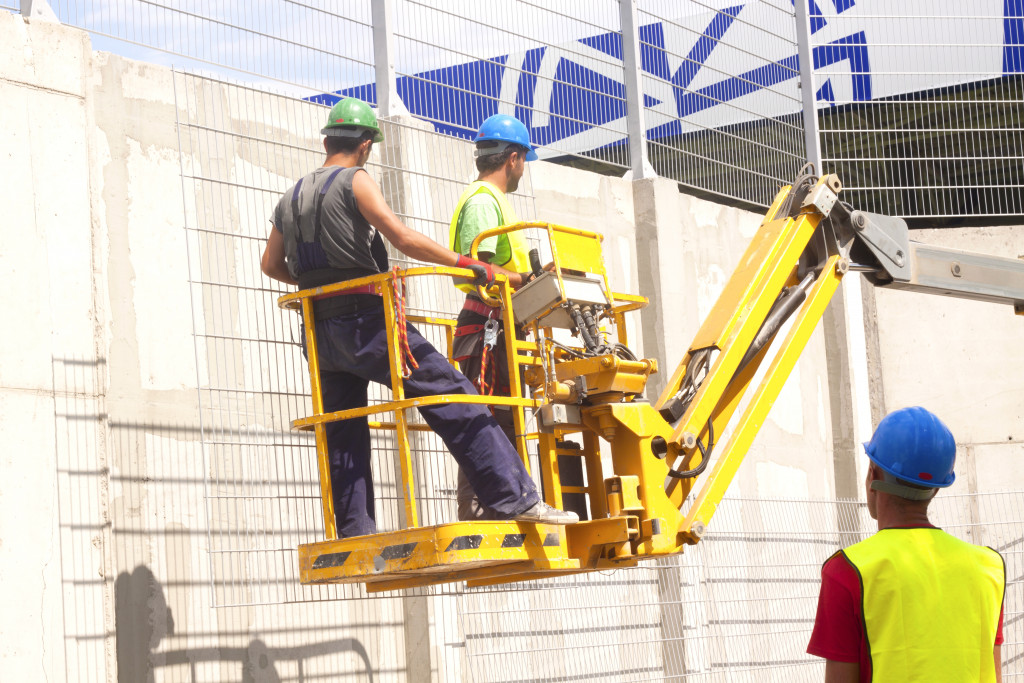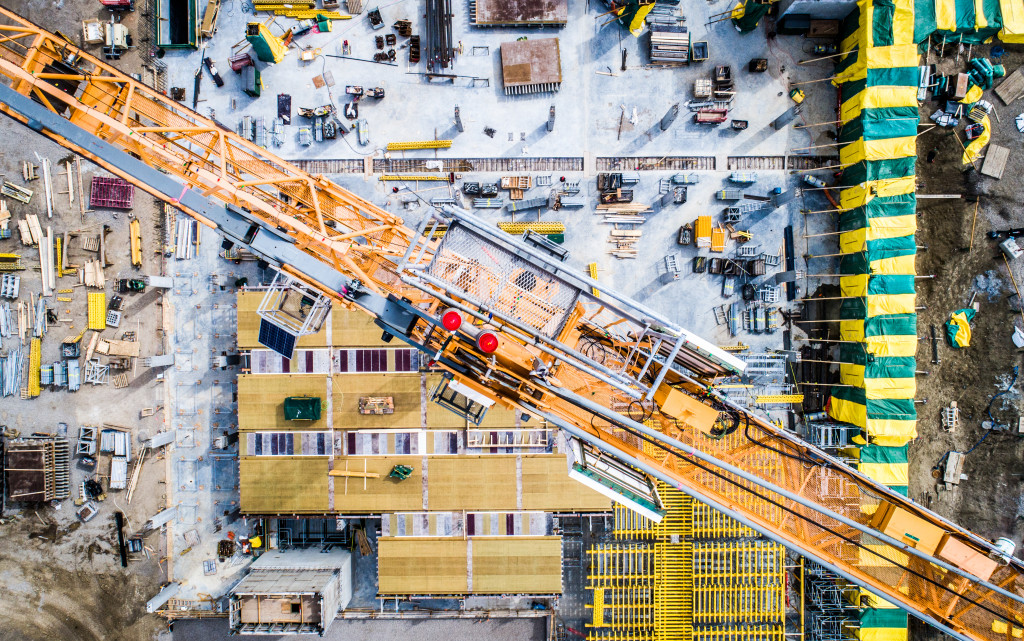Safety is an important consideration in all areas of life, but it takes on special importance when working in the construction industry. Construction workers are some of the most vulnerable to workplace hazards, so safety measures need to be taken seriously if construction workers are to remain injury-free.
Construction Safety Training and Regulations
Construction sites are often dangerous places. A wide variety of tools and materials are needed to complete a construction project, although some of these tools can be hazardous on their own.
Heavy machinery can pose a risk for injuries if operators are not properly trained and construction debris is constantly being removed from the site. Construction workers must be aware of all potential safety issues and be prepared to take action to prevent accidents.
In general, individuals working in this industry should familiarize themselves with the CSCS blue card scheme, which serves as proof that they have been adequately trained to perform their job safely.
Tips to Make Construction Site Safer
Although construction site safety is largely dependent on the individual using their best judgment, some measures can be taken by employers to make construction projects safer for all involved.
These precautions can include:
1. Proper Safety Gear for Workers
Construction workers should always wear the proper safety gear. Work boots, hard hats, and other forms of protective headgear are essential to ensure that injuries do not occur during construction work.
2. Adequate Training
Training is crucial for anyone working on a construction site. If employees are not familiar with the potential hazards of their job, they cannot take proper measures to avoid injury.
3. Safe Work Environment
A safe work environment is also important for construction workers. Construction debris should be cleared off of walkways, and any tools or loose objects that could cause harm should be put away.
3. Site Safety Inspection
All sites should be regularly inspected by a competent individual to make sure that any hazards have been removed or otherwise addressed before they pose a risk to those working on the site. A person who has received specialized training, such as CITB Health & Safety test-takers, may conduct these inspections.
4. Tool Safety
Tools are an important part of any construction site, but it is important to ensure that they are in proper working order. Damaged equipment should be taken out of service until it is repaired.
5. Construction Site Awareness

Construction workers should always be kept up-to-date on changes to the worksite. If additional equipment is being brought onto the site or if a new area will need to be worked in, this information should be communicated with all individuals involved so that no accidents occur because someone was unaware of these changes.
6. First Aid
It is always recommended to have an emergency first aid kit on site. This kit should include items such as bandages, antiseptic wipes, anti-bacterial cream, painkillers, and hand sanitizer. A first aid kit can be especially beneficial if workers are using hazardous materials without the proper safety gear.
7. Training on Brand New Tools or Equipment
All construction site personnel need to receive training before they are allowed to use new tools or equipment. Even if these items have been purchased from a reputable brand, there could still be some issues that arise once they are used for the first time, and it’s important for all individuals involved to learn how best to use them.
This can help prevent serious injuries and potentially save lives by ensuring that everyone knows how the machinery operates and what precautions need to be taken when using it.
8. Emergency Action Plan
It is important for an emergency action plan to be in place at all times. This can help ensure that safety precautions are taken when dealing with any potential accidents or emergencies on the site, allowing construction workers to remain prepared.
A comprehensive action plan should include who is in charge of taking care of incidents, where first aid is located, what procedures need to take place in different scenarios, and how to contact local emergency services if necessary.
9. Compliance With Regulations
Employers must ensure that their construction sites are compliant with safety regulations. This helps protect everyone involved by making sure that hazards are removed before they pose a risk to others working on the site.
Following proper health and safety protocol is essential in the construction industry. Construction workers are susceptible to a number of hazards on the job, so it’s important to be aware of the dangers and take precautions to avoid injury. To keep workers safe and maintain a safe work environment, employers must provide adequate safety training and ensure that all workers comply with safety regulations.
